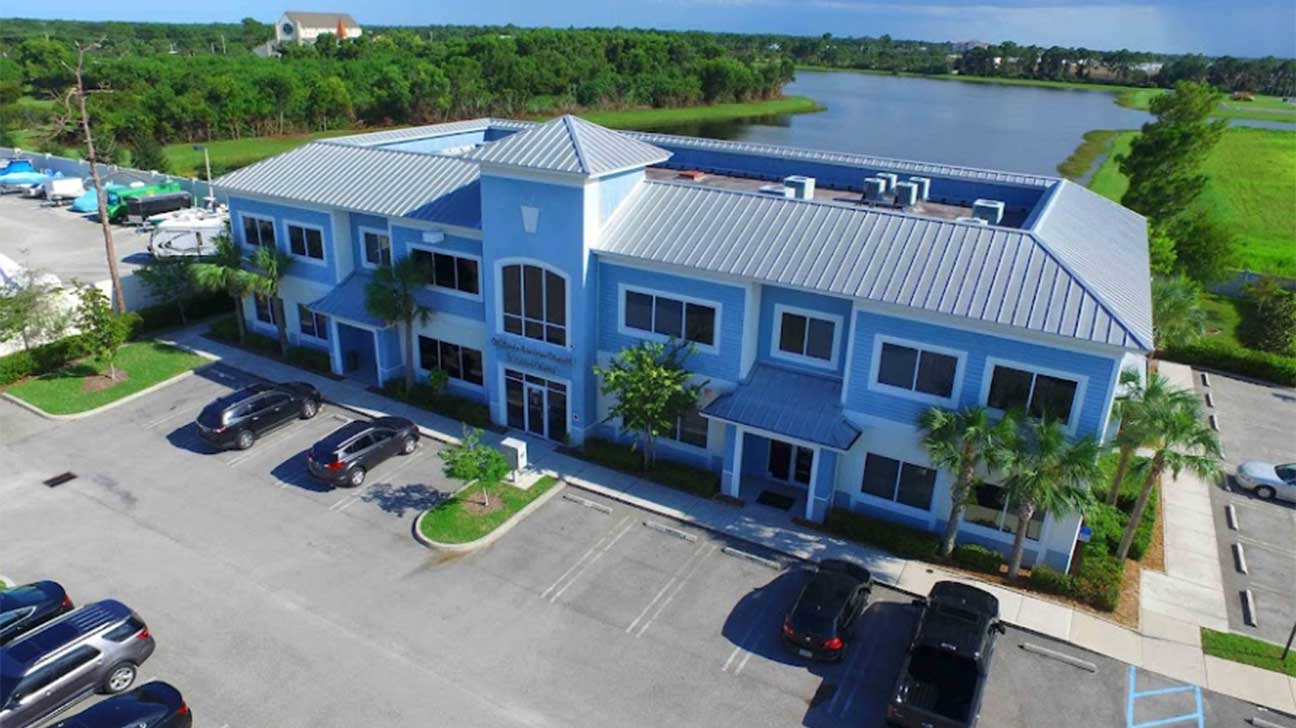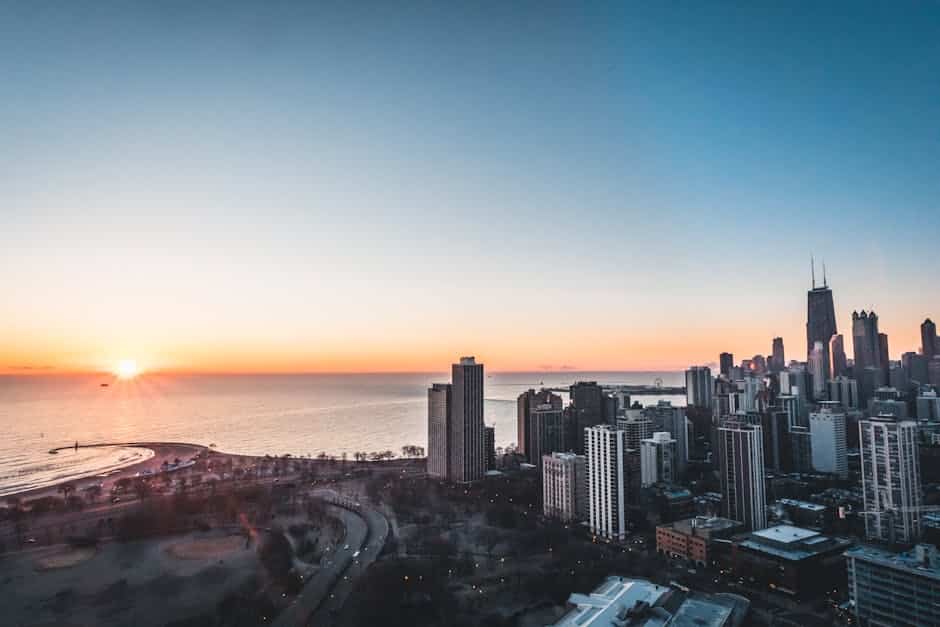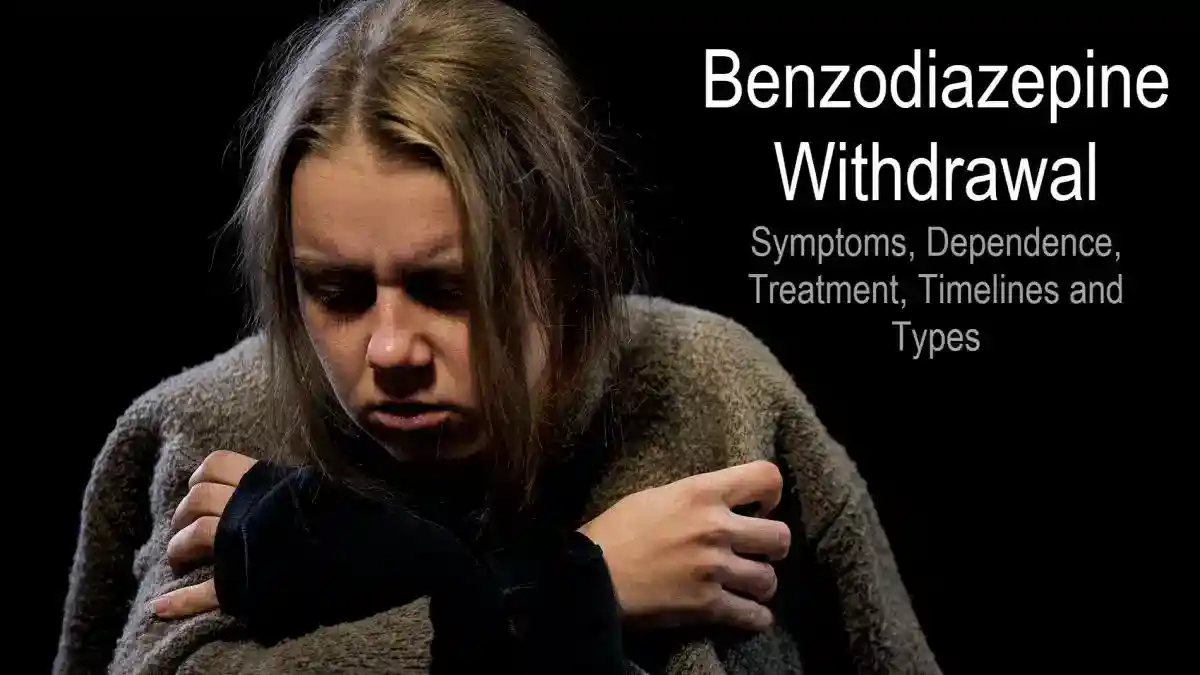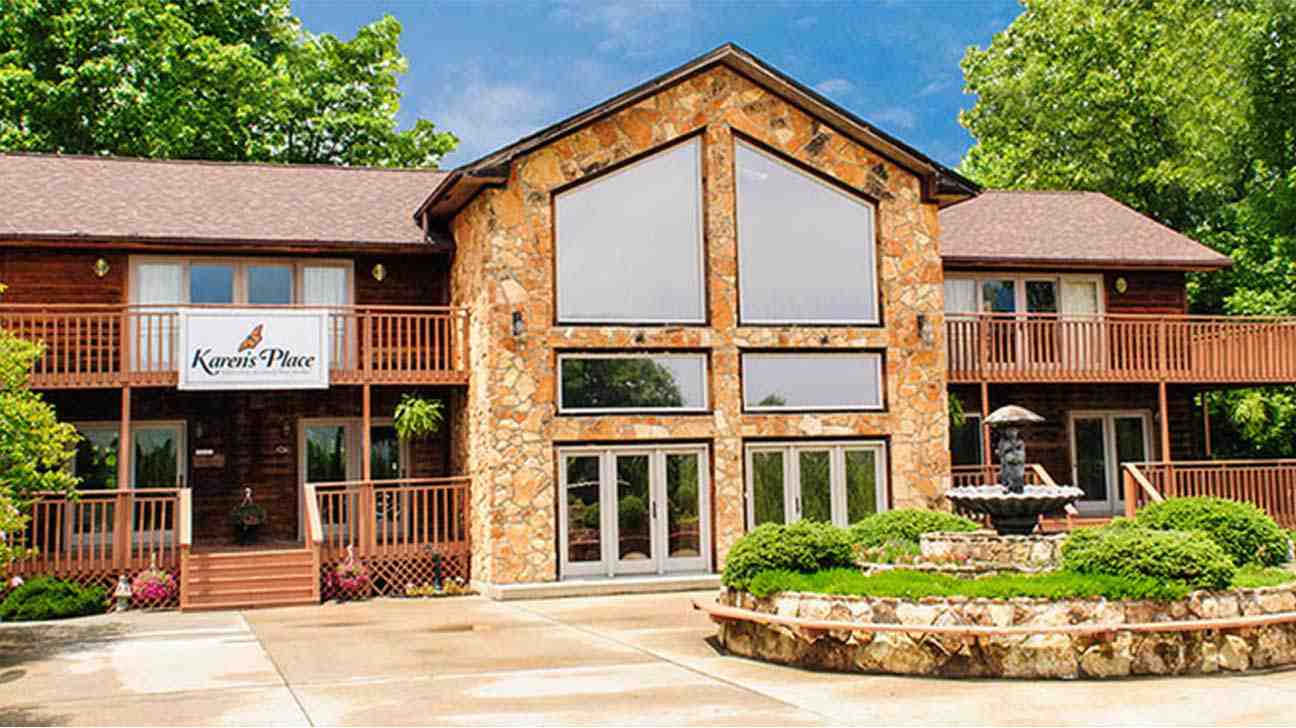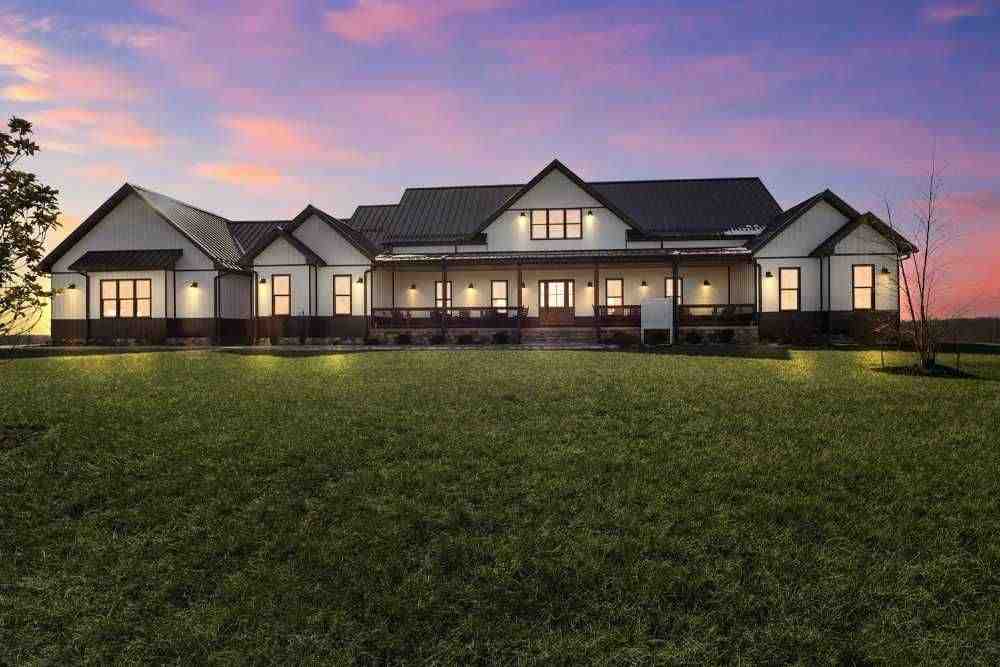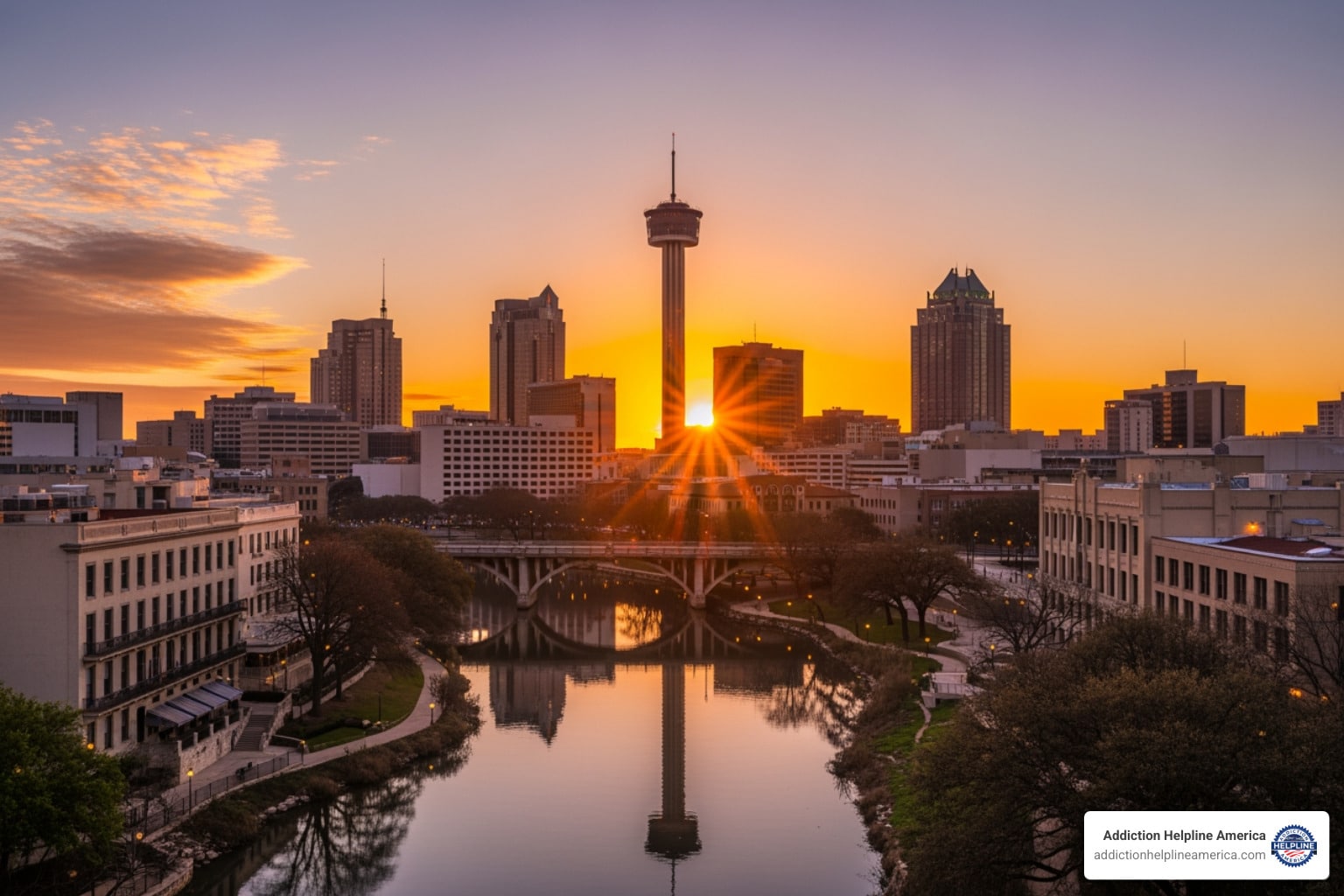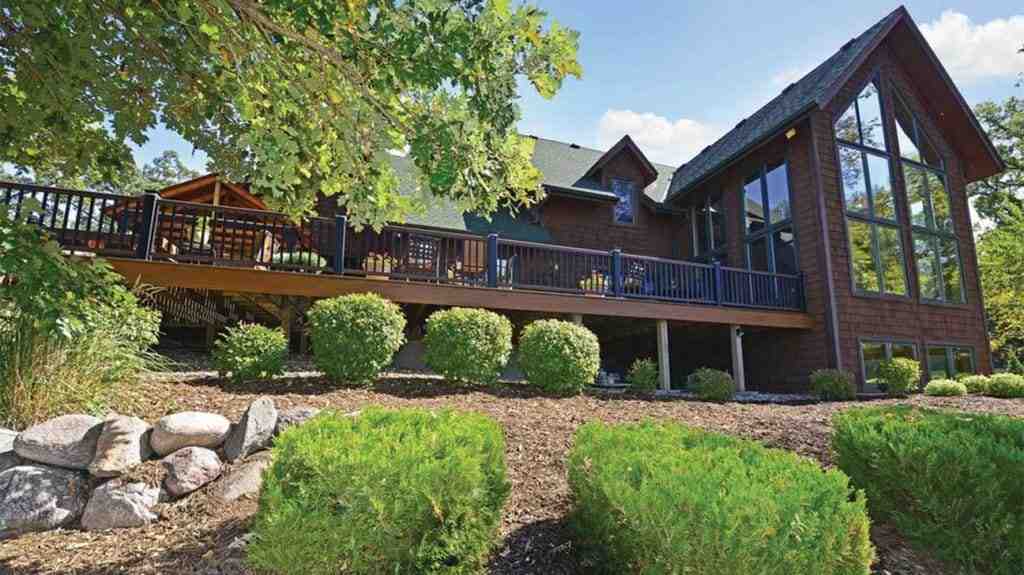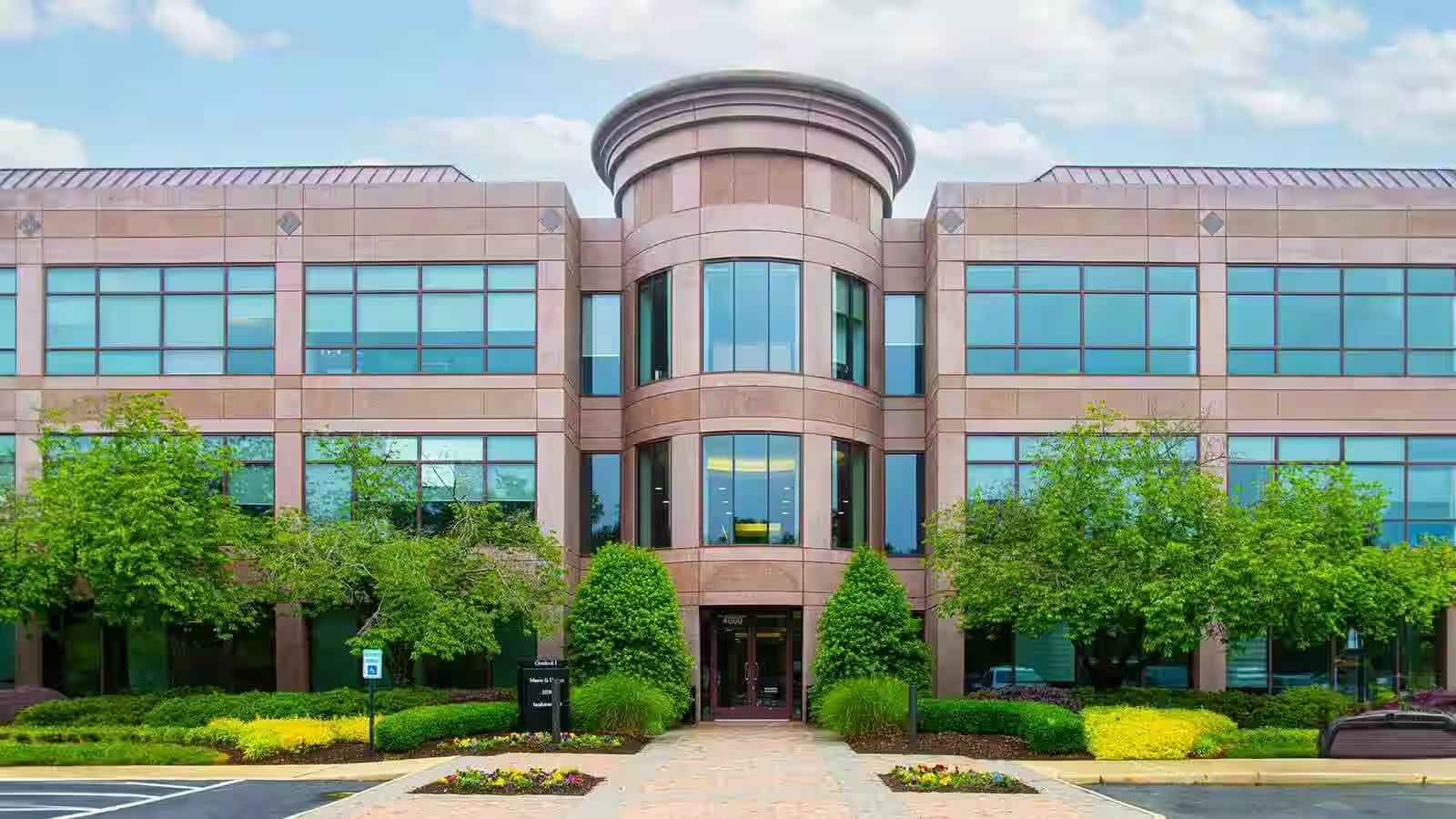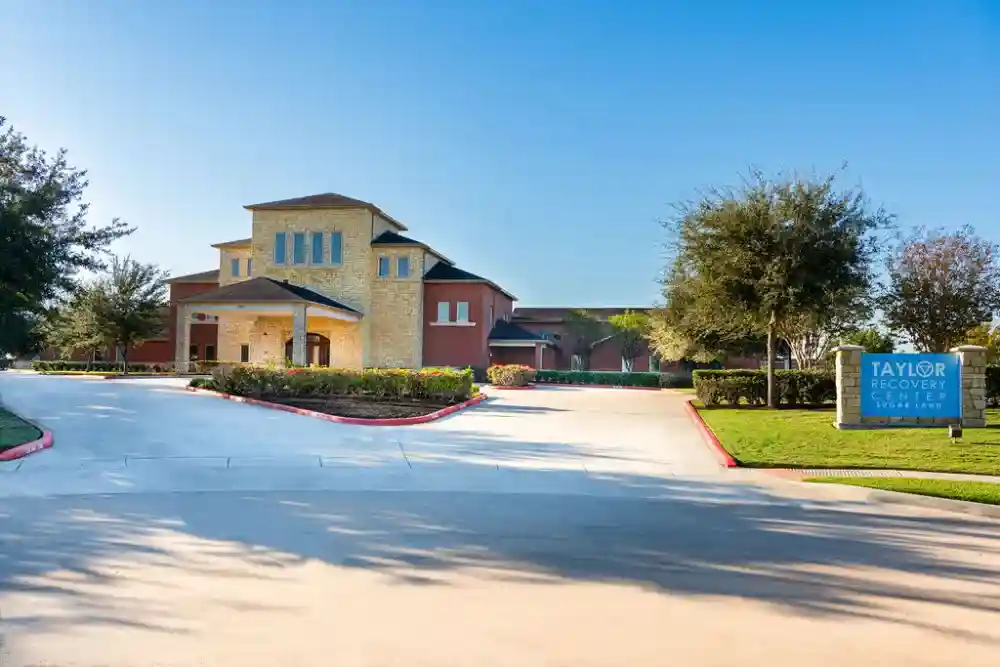
Why Recovery Requires More Than Just Quitting
A relapse prevention program is a structured, skills-based approach to help individuals maintain sobriety after initial addiction treatment. Here’s what you need to know:
Key Features:
- Duration: Typically 12 weekly sessions following detox or rehab
- Focus: Identifying triggers, managing cravings, and developing healthy coping skills
- Approach: Uses evidence-based therapies like Cognitive-Behavioral Therapy (CBT) and mindfulness
- Goal: Prevent a return to substance use by addressing the stages of relapse
- Success Rate: Up to 60% of participants achieve sustained long-term recovery
Getting sober is hard, but staying sober can be harder. Research shows that 40-60% of people return to substance use within 12 weeks after treatment. This isn’t a sign of failure; it reflects the reality that addiction is a chronic brain disease requiring ongoing management, much like diabetes or heart disease.
A relapse prevention program provides the necessary tools for this long-term management. It teaches practical skills to recognize warning signs, handle cravings, and build a life that supports lasting sobriety. Relapse is treated as a preventable process, not a sudden event.
With the right support, long-term recovery is absolutely possible. At Addiction Helpline America, we connect people with comprehensive treatment resources, including specialized relapse prevention programs custom to each person’s journey.
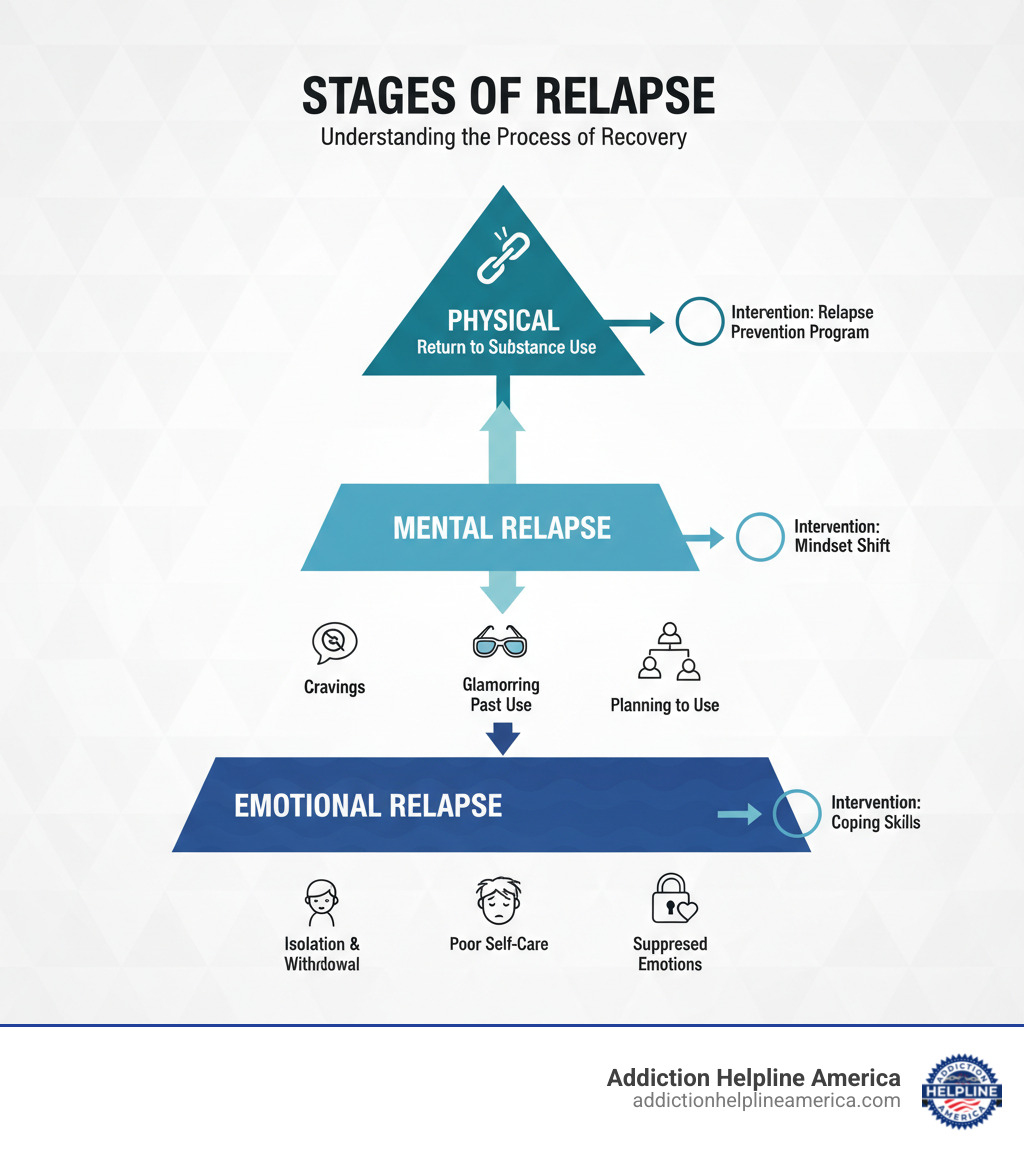
Quick look at relapse prevention program:
Understanding Relapse: The “Why” Behind Prevention
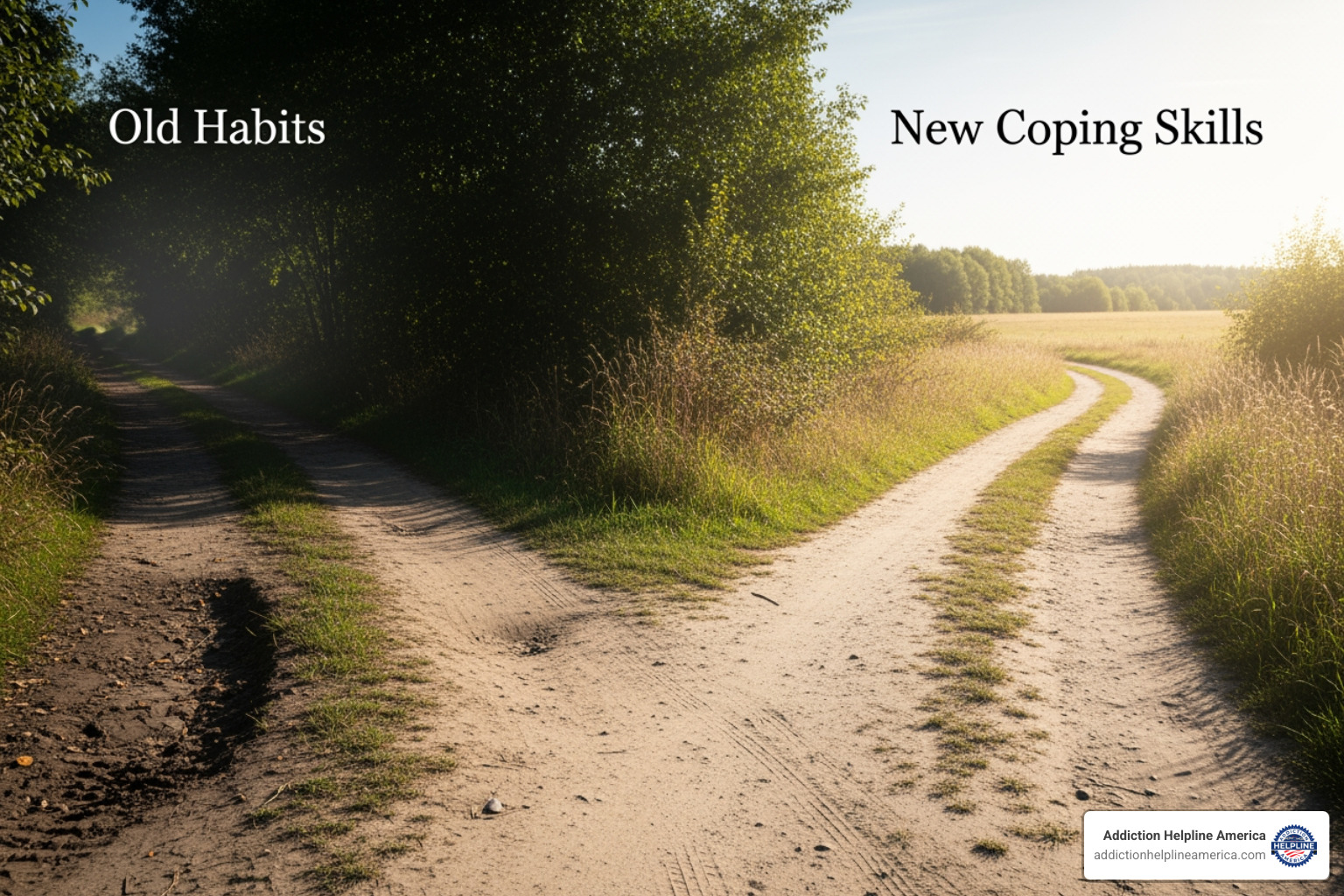
Every day in recovery presents a choice between old habits and new coping skills. A relapse prevention program provides the tools to consistently choose the healthier path. Relapse doesn’t begin with substance use; it starts weeks or months earlier with subtle shifts in thoughts and behaviors.
Relapse unfolds in three stages:
- Emotional Relapse: You aren’t thinking about using, but your behaviors create risk. Signs include isolating yourself, poor self-care (sleep, nutrition), bottling up feelings, and skipping therapy or support meetings.
- Mental Relapse: An internal battle begins. You’re actively thinking about using. This involves cravings, glamorizing past use, bargaining with yourself (“just once”), and minimizing consequences. This is where addiction’s changes to brain chemistry become apparent, as old neural pathways exert a strong pull. Learn more about how the body heals in the stages of detox.
- Physical Relapse: The actual act of using a substance. The groundwork for this was laid in the earlier emotional and mental stages.
Identifying Personal Triggers and Cravings
Identifying your personal triggers is essential. Internal triggers come from within, such as stress, anger, sadness, and loneliness. The acronym HALT (Hungry, Angry, Lonely, Tired) highlights common vulnerable states. External triggers are environmental cues like people, places, or situations that remind you of past use.
A craving is a strong desire for a substance, while an urge is a more sudden impulse to use. Both are normal parts of recovery and not signs of failure. As a study on relapse precipitants shows, understanding these patterns is key. Journaling can help you identify your specific vulnerabilities and build a personalized prevention plan.
Call Now – Your Journey to Recovery Begins Today!

Take the first step towards a healthier life! Call now to connect with our compassionate team and start your recovery journey today. Your path to healing awaits!
Our recovery specialists are available 24/7 to provide support, and all calls are confidential and free. Reach out anytime – we’re here to help!
How a Program Intervenes at Each Stage
A relapse prevention program offers specific strategies for each stage:
- During Emotional Relapse: The focus is on self-care, sharing feelings honestly, and reconnecting with healthy hobbies. Mindfulness helps you observe difficult emotions without reacting to them.
- During Mental Relapse: Interventions become more active. You learn coping skills to manage urges (like “urge surfing”), challenge distorted thoughts, and recall the negative consequences of past use. Reaching out for support immediately is critical.
- If a Physical Relapse Occurs: The goal is damage control. A single use (a lapse) doesn’t have to become a full relapse. Programs address the Abstinence Violation Effect—the all-or-nothing thinking (“I’ve blown it, so I might as well keep going”) that turns a slip into a slide. A lapse is treated as a learning opportunity to adjust your plan and quickly re-engage with support.
Core Components of an Effective Relapse Prevention Program
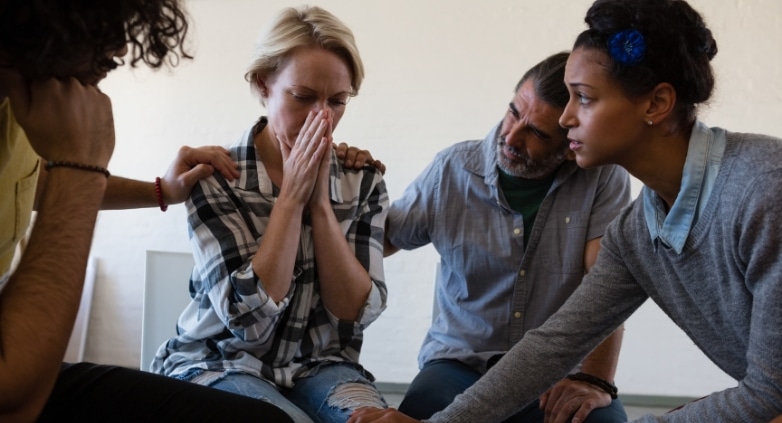
A relapse prevention program is about learning practical, daily skills to handle life’s challenges without substances. Typically running for 12 weekly sessions, these programs often include group therapy, where shared experiences build a sense of community.
The primary goal is to build self-efficacy—your confidence in your ability to stay sober. You’ll work on creating a balanced lifestyle and develop a written, personalized relapse prevention plan. At Addiction Helpline America, we connect people with programs using evidence-based approaches that are proven to work.
The Role of Cognitive-Behavioral Therapy (CBT)
Cognitive-Behavioral Therapy (CBT) is a cornerstone of relapse prevention. It’s based on the principle that our thoughts influence our feelings, which in turn drive our actions. CBT helps you identify high-risk situations and challenge the automatic negative thoughts that lead to using. Through a process called cognitive restructuring, you learn to reframe these thoughts. For example, instead of thinking, “I need a drink to handle this stress,” you practice thinking, “I can handle this stress by calling my sponsor or going for a walk.” This approach is backed by research, with studies on CBT for alcohol dependence showing it significantly reduces relapse rates.
Mindfulness-Based Relapse Prevention (MBRP)
While CBT focuses on changing thoughts, Mindfulness-Based Relapse Prevention (MBRP) teaches you to change your relationship with them. Mindfulness is the practice of paying attention to the present moment without judgment. A key technique is urge surfing, where you learn to observe a craving as if it were a wave—watching it rise, peak, and fall without being swept away by it. Cravings are temporary, typically passing within 20-30 minutes. You’ll also learn exercises like the SOBER breathing space (Stop, Observe, Breathe, Expand, Respond) to create a crucial pause between a trigger and your reaction. A pilot trial on MBRP efficacy showed it helps reduce relapse and improve well-being.
[LIST] of Practical Coping Skills Learned
A good program equips you with a toolkit of everyday skills:
- Assertive communication: Expressing your needs and boundaries clearly (e.g., “I’m not comfortable being around alcohol”).
- Stress management: Using techniques like deep breathing, yoga, or meditation to lower your baseline stress.
- Problem-solving skills: Breaking down challenges into manageable steps instead of feeling overwhelmed.
- Healthy distraction activities: Having a pre-planned list of activities (hobbies, exercise, calling a friend) to turn to when cravings hit.
- Building a sober support network: Connecting with peers in recovery groups and strengthening relationships with supportive family and friends.
- Creating new, healthy routines: Establishing positive daily structures (morning rituals, regular meals, consistent sleep) to replace the destructive structure of addiction.
Integrating Relapse Prevention with Comprehensive Recovery
A relapse prevention program is a vital piece of the recovery puzzle, but it works best when integrated into a complete plan. Recovery is a continuum of care, with different stages requiring different levels of support. Detox lays the foundation, inpatient rehab builds the structure, and relapse prevention helps you maintain that structure long-term as you steer daily life.
Here’s how these programs typically compare:
| Program Type | Primary Focus | Duration | Key Outcomes |
|---|---|---|---|
| Detox | Medically supervised withdrawal, stabilization | Days to weeks | Safe cessation of substance use, physical healing |
| Inpatient Rehab | Intensive therapy, structured environment, skill-building | Weeks to months | Addressing root causes, developing coping skills, establishing routine |
| Relapse Prevention | Long-term maintenance, trigger management, lifestyle balance | Ongoing, often 12+ weeks | Sustained sobriety, improved quality of life, resilience |
This stepped approach ensures you get the right support at the right time. If you’re unsure what level of care you need, our guide on Do I Need Inpatient Rehab? can help.
Call Now – Your Journey to Recovery Begins Today!

Take the first step towards a healthier life! Call now to connect with our compassionate team and start your recovery journey today. Your path to healing awaits!
Our recovery specialists are available 24/7 to provide support, and all calls are confidential and free. Reach out anytime – we’re here to help!
The Role of Medication in a Relapse Prevention Program
Medication-Assisted Treatment (MAT) combines medications with therapy to address both the physical and psychological sides of addiction. These are not a crutch, but a medical tool to reduce cravings and withdrawal symptoms.
- Naltrexone (Vivitrol, ReVia): Blocks the euphoric effects of opioids and alcohol.
- Acamprosate (Campral): Helps restore brain chemistry disrupted by chronic drinking, reducing anxiety.
- Buprenorphine (Suboxone) and Methadone: Suppress withdrawal and cravings for opioids without the high.
- Disulfiram (Antabuse): Creates an unpleasant physical reaction to alcohol, acting as a deterrent.
Research, such as these studies on pharmacotherapy for adults with alcohol use disorders, confirms that combining medication with therapy leads to better outcomes.
Involving Family and Support Networks
Addiction affects the whole family, and recovery is a family affair. Effective relapse prevention programs often include a family component to teach loved ones how to provide helpful support.
- Family Education: Helps loved ones understand addiction as a brain disease, not a moral failing.
- CRAFT (Community Reinforcement and Family Training): Teaches family members effective communication and positive reinforcement skills.
- Healthy Boundaries: Protects everyone by creating clear expectations and preventing enabling behaviors.
- Family Therapy: Provides a safe space to heal mistrust and pain with a trained therapist.
- Peer Support: Groups like AA and NA offer community for the individual, while Al-Anon and Nar-Anon provide support for family members.
If past trauma is a factor, Trauma-Informed Therapy for families can help heal these deeper wounds together.
Benefits, Challenges, and Long-Term Success

The recovery journey is challenging, but the rewards are immense. While early relapse is common, research shows that about 60% of people eventually achieve sustained long-term recovery. A relapse prevention program significantly boosts your chances of success.
The benefits extend far beyond abstinence:
- Improved Well-Being: You learn healthier ways to manage stress and emotions, leading to better physical and mental health.
- Increased Self-Confidence: Each success in managing a trigger builds self-efficacy and proves you can live sober.
- Transformed Relationships: Better communication and emotional regulation lead to deeper, more authentic connections with loved ones.
- Reduced Risk of Overdose: By preventing a return to use, you avoid the high risk of overdose that comes with a lowered tolerance after sobriety.
- Renewed Purpose: The time and energy once consumed by addiction can be redirected toward passions, career, family, and community.
Overcoming Common Barriers to Success
A relapse prevention program helps you anticipate and manage common obstacles:
- Lack of Motivation: Programs help you reconnect with your “why” for sobriety and set achievable goals to maintain momentum.
- Co-occurring Mental Health Disorders: Integrated treatment is crucial. Addressing underlying depression, anxiety, or PTSD is key to preventing them from triggering a relapse. Our Inpatient Treatment for Depression & Anxiety Guide explains this approach.
- Unsupportive Environments: You’ll learn to set firm boundaries, build new sober social circles, and make necessary changes to your living situation.
- Financial Stress: Programs teach stress management and problem-solving skills to handle practical life pressures without turning to substances.
How a Relapse Prevention Program Contributes to Lifelong Sobriety
These programs build a foundation for a lifetime of sobriety by fostering key attributes:
- Resilience: You develop the coping skills to handle life’s inevitable challenges without derailing your recovery.
- A Meaningful Life: The focus shifts from simply avoiding substances to building a life filled with genuine joy, purpose, and connection.
- Growth Mindset: You move from a stage of abstinence to one of active personal growth, self-findy, and fulfillment.
- Sustainable Recovery: You learn the importance of self-compassion and balance to prevent burnout, ensuring recovery improves your life rather than consumes it.
Frequently Asked Questions about Relapse Prevention Programs
Here are answers to some of the most common questions about relapse prevention programs.
What is the difference between a lapse and a relapse?
A lapse is a single, brief return to substance use after a period of sobriety. It’s a slip-up. A relapse is a return to old, regular patterns of substance use. A key lesson in relapse prevention is that a lapse does not have to become a full relapse. With a quick and honest response—reaching out for support and re-engaging with your recovery plan—you can get right back on track.
Is relapse a sign that addiction treatment has failed?
No. Relapse is a known feature of chronic diseases, including addiction. It’s similar to a person with diabetes having a blood sugar issue. It doesn’t mean treatment failed, but rather that the treatment plan needs adjustment. A relapse can be a powerful learning opportunity, highlighting unrecognized triggers or skills that need strengthening. It is feedback, not failure, and a signal to re-engage with your support system.
How do I find the right relapse prevention program for me?
Finding the right program requires a personalized approach. Key factors to consider include:
- Substance Used: Different substances may require different strategies.
- Co-occurring Disorders: If you have depression, anxiety, or PTSD, you need a program that offers integrated treatment for both addiction and mental health.
- Personal Preferences: Consider whether you prefer group or individual therapy, and which therapeutic models (like CBT or mindfulness) resonate with you.
- Practical Needs: Location, scheduling, and cost are also important factors.
Navigating these options can be difficult. The team at Addiction Helpline America can provide professional guidance to help you find a program that fits your unique situation.
Call Now – Your Journey to Recovery Begins Today!

Take the first step towards a healthier life! Call now to connect with our compassionate team and start your recovery journey today. Your path to healing awaits!
Our recovery specialists are available 24/7 to provide support, and all calls are confidential and free. Reach out anytime – we’re here to help!
Take the Next Step Toward Lasting Recovery
Understanding what a relapse prevention program offers is the first step toward building a life you don’t need to escape from. Recovery isn’t about willpower alone; it’s about learning proven skills to identify triggers, manage cravings, and handle life’s challenges.
You don’t have to figure this out by yourself. In fact, trying to go it alone is one of the biggest risks in recovery.
Addiction Helpline America is here to help. We offer a free, confidential service to connect you with the right treatment options, including relapse prevention programs custom to your specific needs. Our team listens without judgment and provides personalized guidance to help you find the right fit from our nationwide network of trusted treatment centers.
Lasting recovery is possible, and you deserve support on your journey.
Take control of your recovery today. Reach out to our 24/7 addiction and rehab hotlines. The call is free, confidential, and could be the turning point you’ve been looking for.
Our helpline is 100%
free & confidential
If you or someone you care about is struggling with drug or alcohol addiction, we can help you explore your recovery options. Don’t face this challenge alone—seek support from us.
Programs
Resources
Will my insurance
cover addiction
treatment?
We're ready to help
Find the best
drug or alcohol treatment
center
Are you or a loved one struggling with addiction? Call today to speak to a treatment expert.





